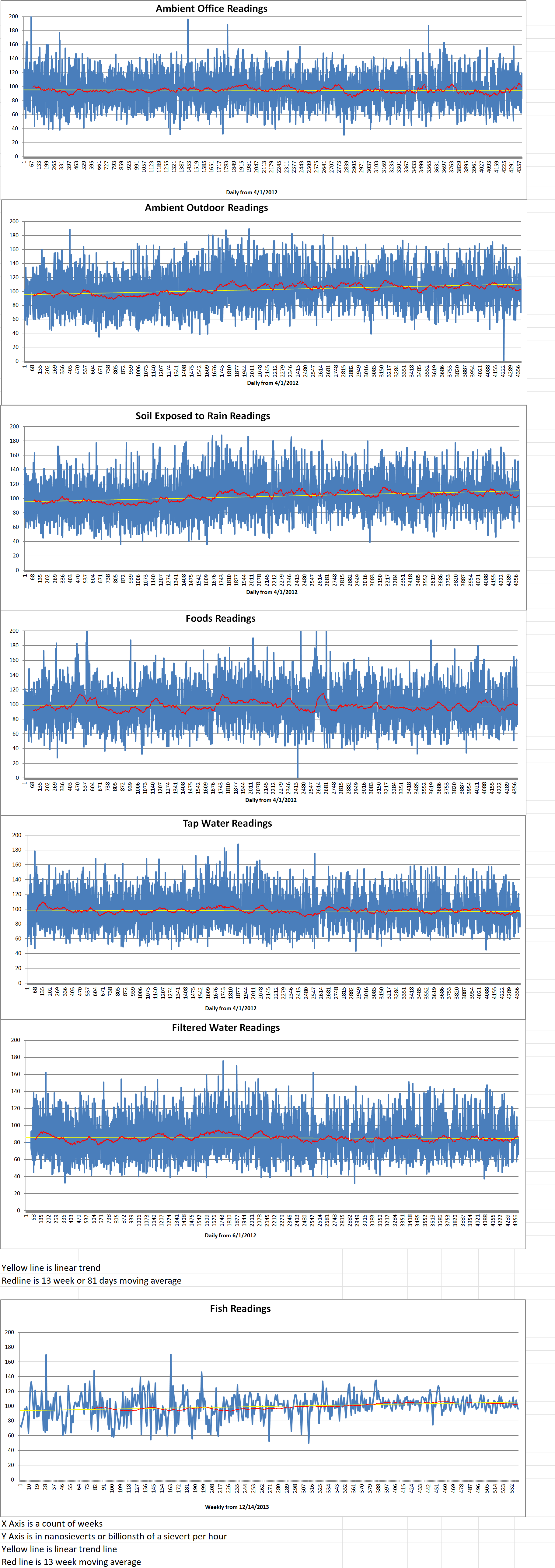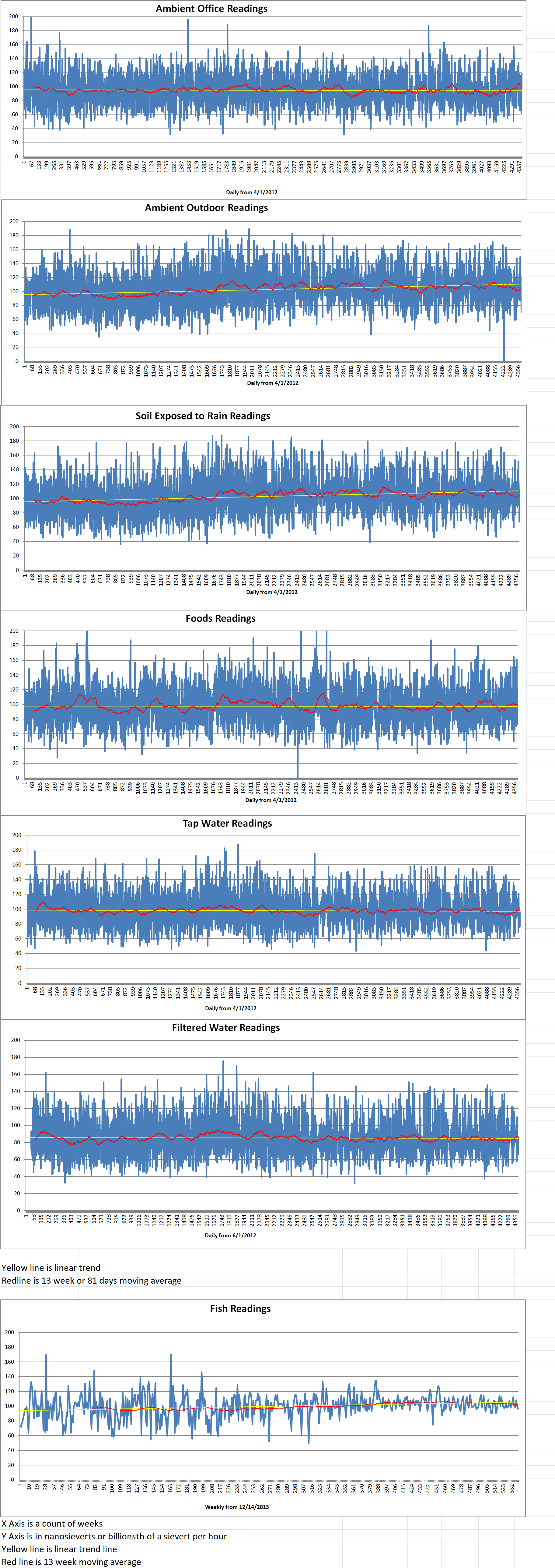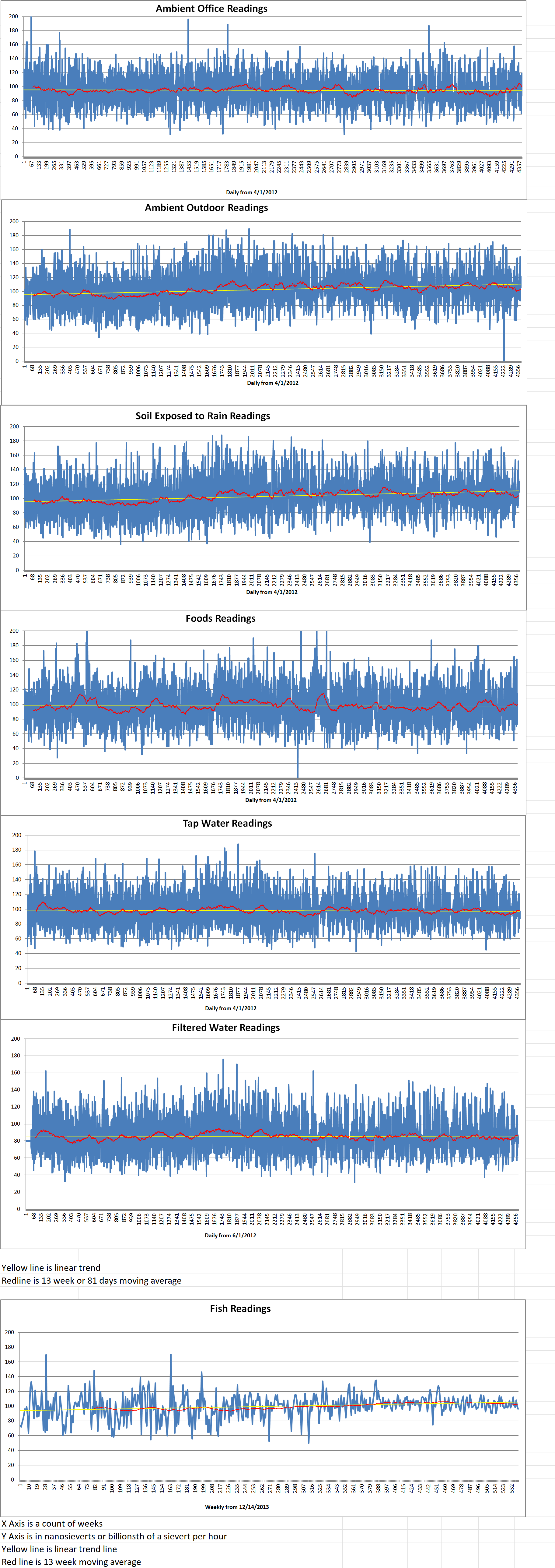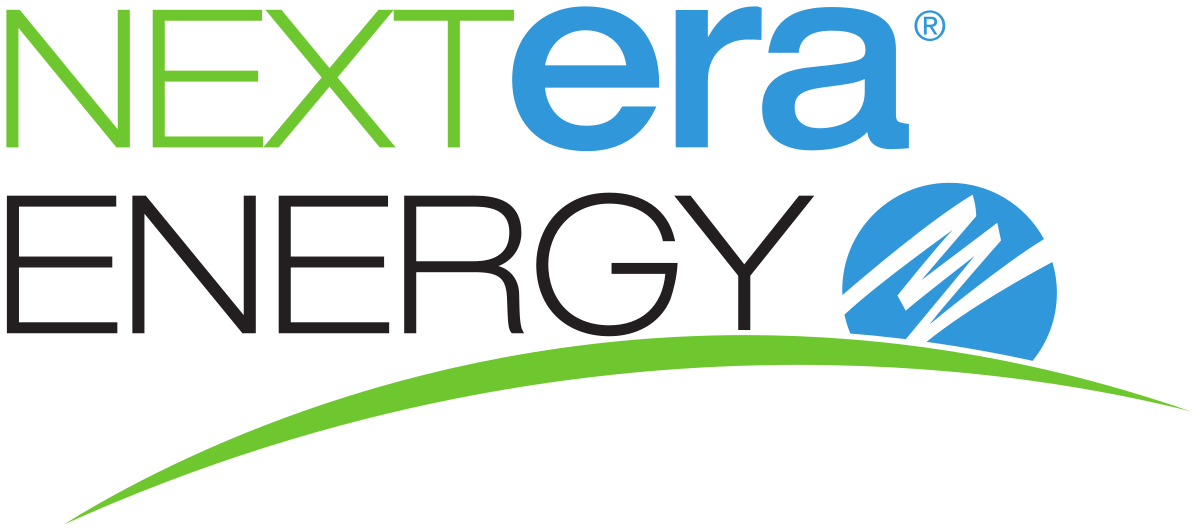A new report indicates Washington state could face an energy crisis within five years as its power capacity approaches its limit. The growing demands from AI and major tech companies like Amazon, Microsoft, and Google are causing a strain on the state’s energy resources.
Amazon just signed a deal with Energy Northwest and X-energy, investing in four new small modular reactors (SMRs) along the Columbia River in Richland near Hanford which is the most contaminated nuclear site in the U.S. Some groups are asking why we’re risking this again?
Leona Morgan is an indigenous organizer. During a panel hosted by the organization Columbia Riverkeeper, she said, “Nuclear kills, and nuclear is killing my people. Nuclear is what we call ‘a slow genocide.” Morgan says that the health impacts her family and other indigenous people face arise from radioactive exposure and contamination on their land.
Morgan added, “Just because we can’t see it, it’s out of sight out of mind, doesn’t mean it’s not happening. And if you need proof of it, come visit us. See an abandoned uranium mine anywhere in the world? On Navajo, we have over 2,000.”
The panel came just after Amazon’s SMR announcement. Riverkeeper maintains that nuclear energy is far from clean. Morgan added that “It’s the most expensive, complicated, dirtiest way to boil water.” She went on to explain that the carbon footprint of nuclear power is only counted at the power plant, not during the process to build it and the toxic waste left behind.
Billions of dollars in federal and local money go to fund nuclear site decommissioning and cleaning every year. Washington state just approved a record three billion dollars to spend on cleanup at the Hanford site this year.
According to Riverkeeper, the money Amazon is investing in SMRs near Hanford could be better invested in renewables like solar, wind and hydro. Members of Riverkeeper say that nuclear power isn’t the clean energy savior that big tech makes it out to be.
M.V. Ramana was a panelist at the Riverkeeper event. He said, “When it comes to companies like Google, Microsoft and Amazon, the public has plenty of reasons to be angry at them. These companies steal your data, they do bad things, they want to pretend to be good citizens. The reason they can use investment in nuclear energy as a way to pretend they are good citizens is because the hard work of convincing the public has already been done by the nuclear lobby.”
Ramana is the author of the book “Nuclear is not the Solution: The Folly of Atomic Power in the Age of Climate Change.” He says we should focus on energy conservation instead.
Kelly Rae works in corporate communications with Energy Northwest. She told an interviewer that the permits for the SMRs haven’t been secured yet, although lawmakers from Jay Inslee on down are already lining up behind the project.
Rae says that Amazon’s funding will pay for a feasibility study over the next two years, after which they are hopeful to fund the SMRs. If they’re successful, the electricity generated from the first four reactors would be available to Amazon only. Rae says that after that, other utility companies and municipalities could buy power to help Amazon fund additional reactors to provide energy for Washingtonians.
Energy Northwest is an association of 28 utility districts, including Seattle City Light, Tacoma Public Utilities and Snohomish County PUD. Amazon didn’t say how much it intends to spend on the project, or how much, if any, will come from Energy Northwest.
So far, there aren’t any other small modular reactors like the ones Amazon intends to invest in, operating in the U.S.
Blog
-

Nuclear Reactors 1442 – Washington State Power Demand Is Climbing Due To Demands Of Major Corporate Data Centers
-
Nuclear News Roundup Nov 01, 2024
Trump victory sets off renewed calls in ROK to go nuclear to counter North Korea nknews.com
EU eyes new clampdown on Russian nuclear sector eenews.net
German opposition MPs propose checking feasibility of restarting nuclear plants cleanenergywire.org
Ukraine Now Faces a Nuclear Decision foreignpolicy.com
-

Geiger Readings for Nov 01, 2024
Ambient office = 97 nanosieverts per hour
Ambient outside = 70 nanosieverts per hour
Soil exposed to rain water = 67 nanosieverts per hour
Yellow bell pepper from Central Market = 122 nanosieverts per hour
Tap water = 77 nanosieverts per hour
Filter water = 66 nanosieverts per hour
-

Nuclear Reactors 1441 – Holtec Plan To Reopen The Palisades Nuclear Power Plant On Hold Because Of Safety Issues
Weeks ago, Michigan Gov. Gretchen Whitmer announced that the Palisades Nuclear Power Plant is set to reopen. Since then, the Nuclear Regulatory Commission (NRC) continues to find alarming levels of equipment damage unexpectedly caused by the extended shutdown of the plant.
The plant was designed in 1960 and never upgraded to include modern industry-standard safety measures. It was shut down in May 2022 and sold the next month to Holtec International. Since then, the company has received a one and a half billion-dollar loan from the U.S. Department of Energy and a one billion three hundred million dollar grant from the Department of Agriculture, as well as three hundred million-dollar grant from Michigan 2025 budget to restart the plant. If all goes according to plan, Palisades is expected to be the first nuclear power plant in American history to be successfully restarted.
However, the multiple new safety issues recently discovered by the NRC and analyzed by nuclear experts may delay or even permanently halt the project.
The NRC’s October report revealed rapid degradation of the plant’s steam generator tubes since its last inspection in 2020. Stress corrosion cracking now affects up to fourteen hundred steam generator tubes across both units. Some cracks neared ninety percent through-wall depth in just one operating cycle. This undermines the plant’s ability to safely return to service.
Part of the unexpectedly rapid damage is due to the age of the two steam generators and tubes. They were installed in 1990 using Alloy 600 material, which is now known for its particular susceptibility to stress corrosion cracking. Additionally, the tubes were improperly stored during the two-year shutdown period. This caused seven hundred tubes in one steam generator and two hundred and forty-eight in the other to now require significant repair.
Alan Blind is a former nuclear plant manager and design engineering manager at Palisades who has spent forty years holding high positions in the nuclear industry. He has urged the NRC since July to rigorously investigate the plant and ensure that it complies with modern safety regulations.
Blind said, “The Palisades restart is unprecedented. It represents the first time a plant with such thin safety margins and outdated design has been considered for reactivation. Palisades has not been modernized to meet current safety standards…The concern is that stress corrosion cracking can lead to sudden tube rupture under accident conditions, allowing radioactive material to bypass containment structures.”
The situation at Palisades is certainly not unique. New York’s now-shuttered nuclear plant Indian Point Energy Center was set to reopen in 2000. However, years of closure had generated similar safety issues that ultimately ended the venture.
Nick Culp is the Holtec Palisades’ senior manager of government affairs and communications. He said in an interview that the company remains optimistic that the plant will be restarted by fall 2025.
Culp said, “The latest information will not derail [Holtec] from its timetable.” Holtec’s plans to stabilize and plug all damaged tubes, rather than take the costly and time-consuming route of replacing the tubes. -
Nuclear News Roundup Oct 31, 2024
China eyes expansion of radioisotope industry world-nuclear-news.org
Rosatom 3D-prints first part for use in a nuclear facility world-nuclear-news.org
Air Force fires a commander at Montana nuclear missile base after investigation taskandpurpose.com
UN Nuclear Chief Plans Iran Visit To Tackle Disputed Atomic Program themedialine.org
-

Geiger Readings for Oct 31, 2024
Ambient office = 108 nanosieverts per hour
Ambient outside = 111 nanosieverts per hour
Soil exposed to rain water = 109 nanosieverts per hour
Beefsteak tomato from Central Market = 94 nanosieverts per hour
Tap water = 87 nanosieverts per hour
Filter water = 80 nanosieverts per hour
-

Nuclear Technology 1 – The China National Nuclear Corporation Just Announced The Production Of A Semiconductor Chip That Can Detect Radiation
A state-owned nuclear technology company in China has announced that it is starting mass production of a world-first chip that can detect radiation. The announcement adds to the long list of semiconductor related breakthroughs that have come from the China in the past few years.
The claim of production of chips that can detect X-ray and gamma radiation has come from the China National Nuclear Corporation (CNNC). According to a report by the South China Morning Post (SCMP), the claim was made by the company in a statement that was released on the CNNC WeChat channel.
According to the SCMP report, CNNC claims that its chip can “measure dose rates of X- and gamma-ray radiation ranging from 100 nanoSievert per hour to 10 milliSievert per hour.” The Chinese company also claims that its chip can be used for a broad number of applications. These include monitoring radiation emissions in all types of settings such as nuclear-related workplaces like reactors, weapon plants, and more. Further, it can also be used in places with proximity to radiation zones to keep a tab on the rise or fall of levels.
A normal flight on a commercial plane can lead to a typical dose rate of roughly three thousand nanoSievert per hour. In a natural setting, it is around sixty to two hundred nanoSievert per hour.
One of the important features of the chip is that it is quite small. It measures just 15 mm by 15 mm by 3 mm. The small size does not hinder its performance or its abilities and CNNC says that it can be compared to a Geiger-Muller counter for efficiency.
The small size will enable the chip to be inserted into smartphones or even attached to unmanned aerial vehicles or ground drones. The phones, or drones, can be used as smart devices for measuring radiation at the desired places.
The chip can function on the extremely low power of one milliwatt and it can detect energies from fifty kiloelectron volts to two mega electron-volts.
CNNC also states that the whole development of the chip from design to production has been carried out in its factories, by its own team of engineers. This is also a significant development because the U.S. had been sanctioning companies from supplying semiconductors and artificial intelligence (AI) chips to China and Chinese firms.
Earlier this year, analysts predicted that China might be able to overtake the U.S. in important sectors such as semiconductors, electric vehicles, quantum computing, nuclear power, and material science. Analysts at the Information Technology and Innovation Foundation (ITIF), a think tank based in Washington, came to this conclusion after closely tracking the progress and innovation capability made by forty Chinese firms.
For a long time, China had been considered a copycat in innovation with good reason. However, in recent years, the situation has changed. China has become the second-largest economy in the world, and the Chinese government and companies have invested heavily in research and development of high-value technologies. All of these factors have resulted in China’s rising dominance in several key areas. -
Nuclear News Roundup Oct 30, 2024
Three sentenced to death in Iran over killing of top nuclear scientist Aljazeera.com
UK energy system operator recognizes role of nuclear world-nuclear-news.org
US microreactor company invests in laser enrichment world-nuclear-news.org
Presidents look to strengthen Kazakh-French partnership world-nuclear-news.org
-

Geiger Readings for Oct 30, 2024
Ambient office = 99 nanosieverts per hour
Ambient outside = 116 nanosieverts per hour
Soil exposed to rain water = 113 nanosieverts per hour
Garlic from Central Market = 80 nanosieverts per hour
Tap water = 93 nanosieverts per hour
Filter water = 86 nanosieverts per hour
-

Nuclear Reactors 1440 – NextEra Considering Reopening Duane Arnold Energy Center Nuclear Power plant
John Ketchum is the CEO of NextEra Energy. He says that “There are only a few nuclear plants that can be recommissioned in an economic way, and newer technologies like small modular reactors remain financially infeasible.”
NextEra Energy continues to evaluate the possibility of reopening the Duane Arnold nuclear power plant in Iowa amid growing interest from data center companies Ketchum told investors Thursday during a third quarter earnings call.
Ketchum said that Duane Arnold’s boiling water reactor could make it easier to restart and operate economically than other nuclear power plants. New nuclear technologies such as small modular reactors (SMRs) remain uneconomical.
Ketchum added that nuclear power will likely supply just a fraction of the nine hundred gigawatts the U.S. needs to add by 2040 to keep up with demand.
Despite the recent fervor among tech companies and investors about nuclear energy, Ketchum contended that renewables and storage will likely play a greater role in satisfying new energy demand for at least two decades to come.Ketchum said, “Nuclear will play a role, but there are some practical limitations. There are only a few nuclear plants that can be recommissioned in an economic way … But even with a one hundred success rate on those recommissionings, we would still only meet less than one percent of that [new] demand.”
According to Jefferies Research Services, expert analysts had anticipated that NextEra might announce a deal to restart the six hundred megawatt Duane Arnold plant during the Thursday call despite potential challenges such as competition with robust regional wind resources, And although the expected announcement did not come, Ketchum said that the plant could be among the few that could be reopened and operate economically. NextEra is currently carrying out engineering assessments and speaking with local stakeholders about what it would take to reopen the plant.
However, Ketchum said he was “not bullish” on the newer SMR technology. NextEra has an in-house team dedicated to SMRs but so far they have not drawn favorable conclusions about the SMR technology.
Ketchum added that “A lot of [SMR equipment manufacturers] are very strained financially. There are only a handful that really have capitalization that could actually carry them through the next several years.”Ketchum also raised questions about the availability of nuclear fuel in the United States, and he noted that SMRs remain “very expensive” even as the cost of renewable energy sources continues to fall. “We’re prioritizing other generation resources at this time. Renewables are here for the long haul.”
Ketchum also announced that NextEra had secured two framework agreements for the potential development of up to ten and a half gigawatt of renewables and storage to be built through 2030. Although NextEra executives said they were not yet able to identify which companies had countersigned the agreements, they described them as “Fortune 50” companies outside the tech industry.New power demand from data centers and tech hyperscalers amid an increasingly limited supply of new generation projects has increased pressure on other industries that are also looking to secure renewable energy, Ketchum said. “All ships are rising with the tide here because they may be facing higher power prices down the road.”
NextEra reported a net income of one hundred and eight five billion, compared to one hundred two hundred and two billion in the third quarter of 2023.
